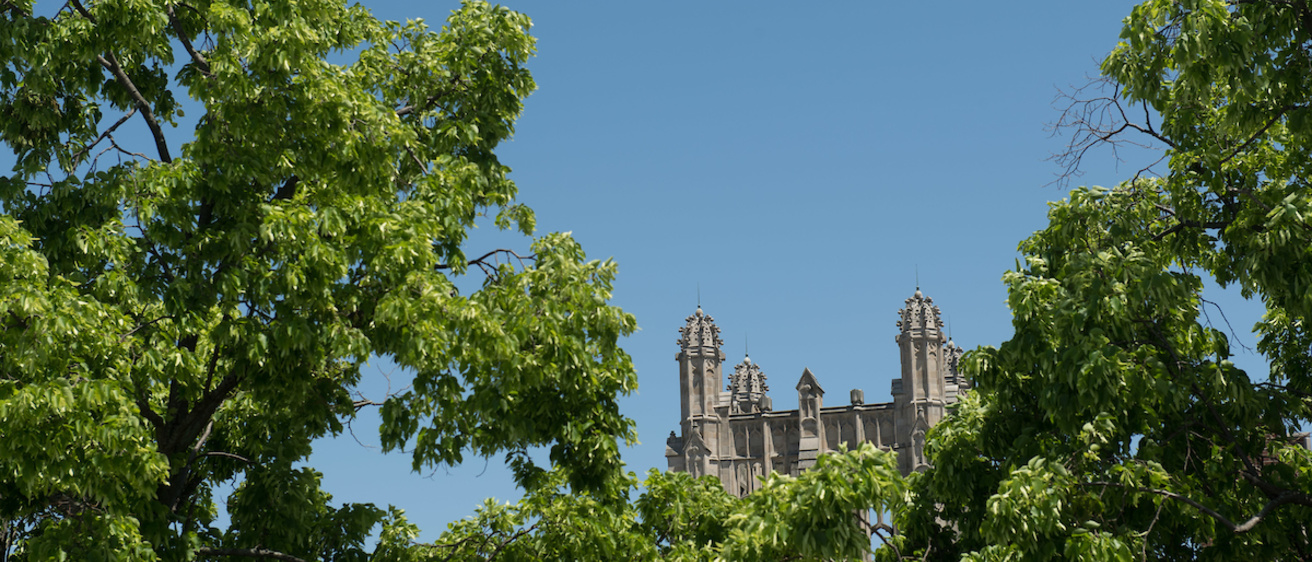Ash trees in Iowa City continue to fall victim to the emerald ash borer beetle despite preventative treatment and removal efforts by arborists over the last decade.
The emerald ash borer is a small, green beetle native to East Asia. The invasive beetle was first discovered in the United States in 2002 and moved across the country because people unknowingly transported them on infected ash wood.
According to the Iowa Department of Natural Resources, Iowa hosts an estimated 52 million woodland ash trees and 3.1 million municipal ash trees.
The beetle was identified in Iowa in 2010 and has been a problem for Iowa City ever since.
Iowa City Superintendent of Parks and Forestry Tyler Baird said the beetles’ larvae are to blame.
“The growing young chews through the outer layers of the tree, which is where all the water and nutrients uptake come from,” Baird said. “So, if you think of it like a straw, if you have a straw that has a hole in it, you’re not able to drink through it. The same thing happens with the tree. The straws, in a sense, are broken — they’re not able to do that nutrient exchange.”
Iowa City took early action to protect the landscape from the emerald ash borer and decided to stop planting ash trees, Baird said.
“If there was any other damage or any indication that the tree was in some sort of decline, it was easier to remove the tree early on and then replace it with another tree of a different genus,” he said.
Homeowners with ash trees on their property decide between treating or removing the trees. Treatment can cost about $150, but it must be repeated every two years for the entire life span of the tree, and the treatment is not 100 percent effective.
Iowa City recommends residents remove their trees. Removal of an ash tree is expensive and costs around $2,000, Baird said.
The city gives discounts to people looking to replace trees because of expensive tree removal prices.
